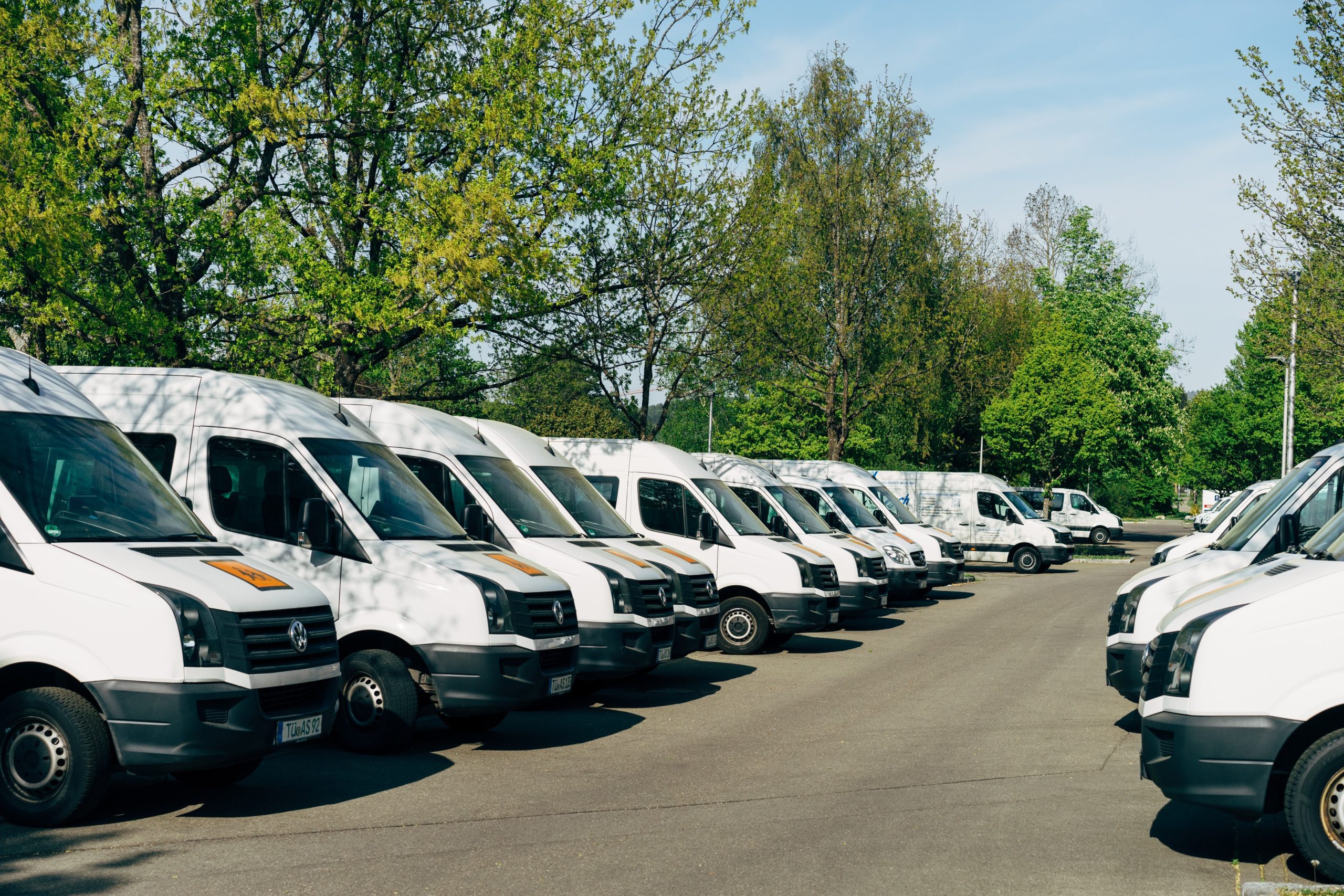Supply chains have been key to humanity’s progress, and that progress is about to speed up.
The world depends on vast, highly interconnected supply chains to survive. You can see how true this is by looking around your room. How many things within arm’s reach could you have made on your own? How many could have been made entirely in your city, or even entirely in your state or province?
All those things are within arm’s reach because supply chains coordinate every step of the process, from mining or harvesting something out of the ground, to turning that thing into a finished product, and getting it to your door. Without supply chains, we’re just a bunch of monkeys scrabbling in the dirt.
How were supply chains developed, how have they developed, and what’s their future? Let’s look at the history of supply chains and the technologies behind them.
The origins of supply chains
The first supply chains were local. As humans developed into distinct cultures, these supply chains expanded in distance — but not by much. However, early supply chains did evolve into mechanisms of incredible complexity. In fact, the increasing complexity of early supply chains helped drive critical advancements in pre-modern technology.
Writing developed to enable supply chains. The first form of writing emerged in ancient Mesopotamia to record transactions. People needed to track the movement of goods on a very local level, so they came up with something new: writing. We know a great deal about the construction of the pyramids because of all the hieroglyphic writing scattered around the construction site on tablets, discarded blocks, and even the sides of temporary housing built for the pyramid labor force.
Revolutionizing the supply chain
The Industrial Revolution started modernizing and globalizing supply chains. Pre-modern supply chains were logistics operations, concerned with getting goods from one place to another. As the world began cranking stuff out from factories and warehouses, an additional problem emerged. It was becoming possible, for the first time in human history, for organizations to produce vastly more stuff than could ever be used locally.
This problem required not one, but two solutions.
First, a bunch of goods needed to be moved by better transportation technologies than a horse-drawn cart or a ship that took weeks to get to its destination. Steam engines were developed for industry and quickly adopted for transportation. Steamships cut the travel time on lengthy journeys, allowing goods to make it to distant ports. Steam locomotives roared down nationwide tracks, connecting distant cities and bringing exciting new products to untapped markets.
Second, it took more than fast transport to sell an exploding variety of new products to a growing global population. People needed to be convinced that these new things were worth their money. To convince the people, organizations turned to advertising. The development of advertising and the evolution of modern retail has always tracked each other closely because more sophisticated stuff requires more sophisticated advertising techniques to attract buyers.
The modern supply chain
In 1925, the development of pallets made warehousing efficient, allowing more products to be stored or shipped in less time. Pallet-moving equipment, such as jacks and forklifts, followed the pallet into warehouses everywhere.
Then, the Great Depression hit. Americans tightened their belts, but not for long. The outbreak of World War II, which eclipsed the Great War, forced combatant nations to create the largest and most complex supply chains ever seen.
By the end of the war, 4.4 million motorized vehicles and tanks, 6.8 million pieces of guns and artillery, 637,000 aircraft, and 55,000 ships would roll off the assembly lines of Allied factories.
After the war’s end, the United States would lead the way in supply chain progress. In the 1950s, two American developments — the Interstate Highway System and standardized shipping containers — helped build the supply chain we still recognize and rely on today.
For the first time, enormous volumes of goods could be brought virtually anywhere in the country for consumer purchase. Suburbs sprawled out from cities, and the same goods once centralized in cities became widely available to nearly everyone in America. The container, the pallet, and the highway had finally made it cost-efficient to ship enormous volumes of virtually anything to virtually anywhere in the country.
Supply chains of today and tomorrow
The term “supply chain management” first entered the lexicon in 1983, but by then it was a better term for an already well-developed concept. By 1983, the Apple II PC had been on the market for six years; the first IBM PC in 1981. Computers were no longer cumbersome machines usable only by specialists. Their widespread availability made it easier for businesses to monitor and optimize their supply chains.
Software developers raced to provide better systems for supply chain management, and by the late 1980s, the first modern enterprise resource planning (ERP) systems automated supply chains. ERP systems centralized many business processes into a single suite of software, integrating supply chain management with other business functions. It allowed businesses to manage their costs and operations in a harmonic way.
Today, many supply chains are run by ERP systems, which have moved to the cloud and added technologies such as artificial intelligence, machine learning, and predictive analytics. These AI-powered systems make it possible for businesses to oversee supply chains with little human oversight, and they’ll likely become the nerve centers of tomorrow’s autonomous supply chains.
Robotics and self-driving vehicles have crept towards widespread adoption in supply chains worldwide. Some warehouses, such as Amazon’s, already make use of robots to prepare products for shipment.
At RTS Labs, we’re excited to help businesses like yours take advantage of the latest developments in supply chain management technology, and we can’t wait to see what comes next. Want to build a tech-driven supply chain that can grow with your business? Get in touch with us today!






